Darjeeling, located in the shadow of the lower Himalayas, is one of India’s most popular tourist destinations. When much of India is experiencing the searing heat of the Indian summer, Darjeeling provides a refreshing respite in the lap of nature. Darjeeling, in addition to being a magical hill station, offers many more features worth exploring. Let’s look at some fascinating facts about Darjeeling:
Tibet tidbits
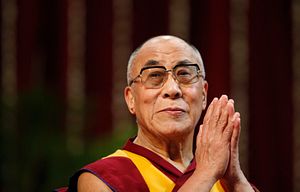
When the Dalai Lama left Tibet in 1959, he inspired many of his people to join him. Darjeeling has now become a significant terrain for the Tibetan Diaspora, housing the ‘Tibetan Self Help Refugee Center’.
Ride the ‘Toy Train’!
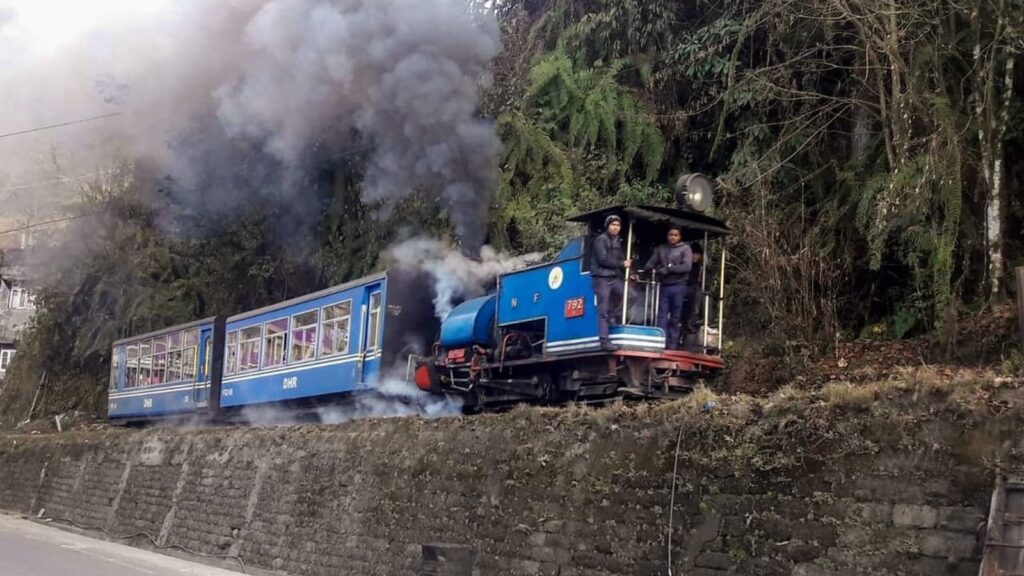
Because of its two-foot small gauge track, the Darjeeling railway is affectionately known as the ‘Toy Train’. The hoots and hisses of this train journey transport you back in time, and the relatively modest speed of the train allows you to soak in the beauty of each panorama. UNESCO has designated this journey as the ‘most excellent example of a hill passenger railway in the world’.
Thunderbolt’s domain!
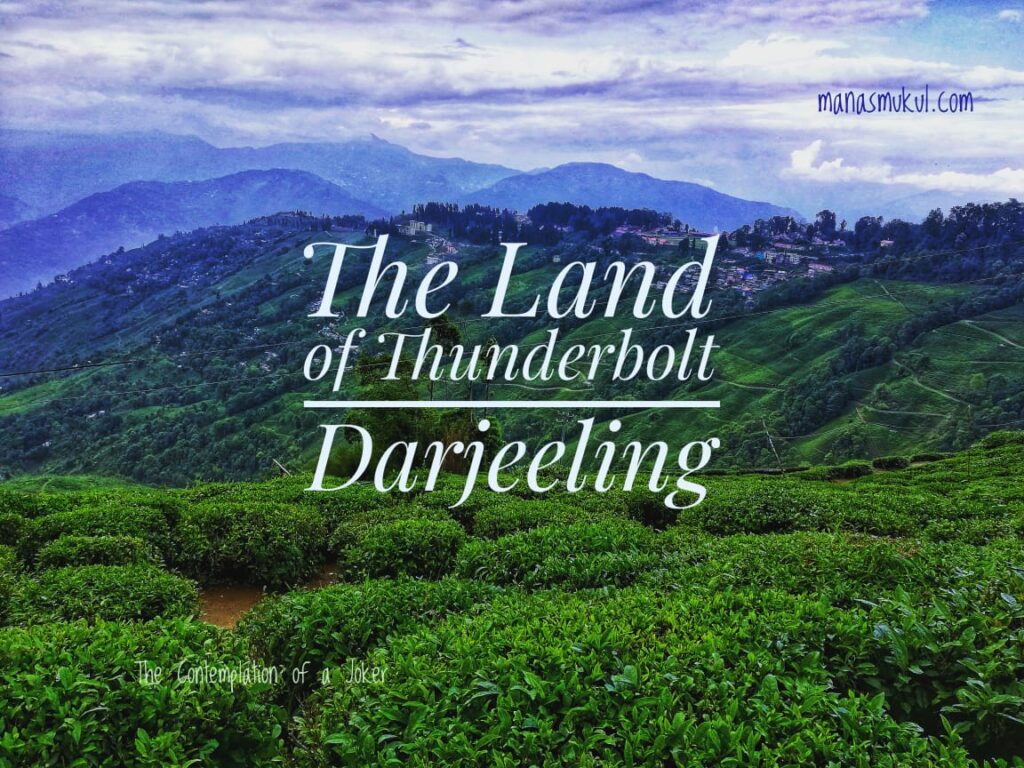
Darjeeling is a combination of two Tibetan words namely, ‘Dorje’ and ‘ling’. Dorje represents a thunderbolt, which in Hindu mythology is the staff of God Indra. The term Ling refers to a location or place. As a result, the name Darjeeling means ‘place of thunderbolt’.
Reliving colonial times
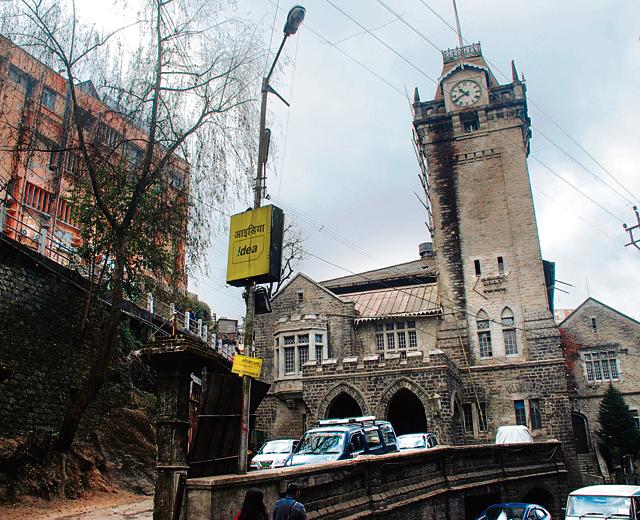
If you are a history buff, the Windamere Hotel allows you to relive the days of British India. The grate’s coal fire and the ambience of the bygone Victorian era will take you back in time. It was originally built as a boarding house for bachelor English students before being converted into a hotel. It is positioned on the famous Observatory Hill, and from the top, you can see Nepal, Bhutan, Tibet, and Sikkim.
The Largest Ropeway in Asia
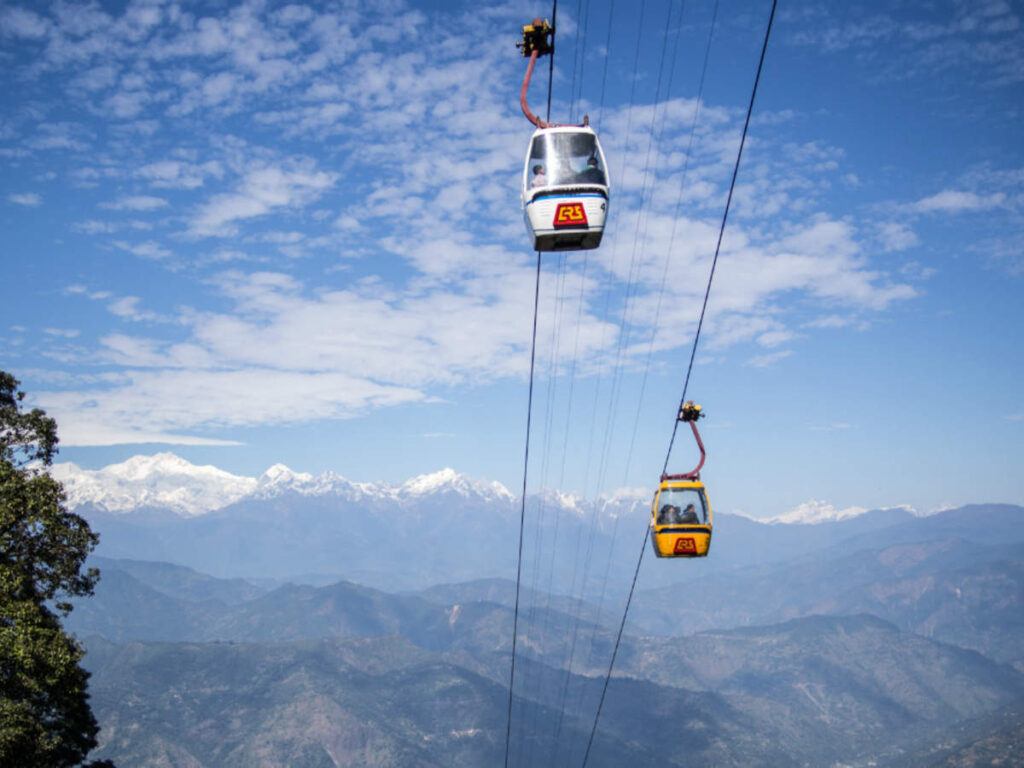
The Darjeeling-Rangit Valley Ropeway is Asia’s largest ropeway. A ride on this ropeway will truly transport you to cloud nine, as you will travel through clouds while riding on it. This ropeway ride is also visually appealing, since it provides a glimpse of the wide, rich green tea gardens below.
The well-known Everest Museum!
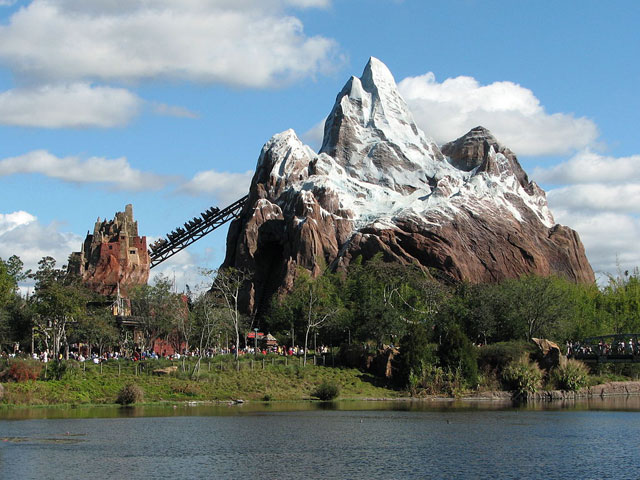
The Everest Museum is a one-of-a-kind museum that displays memorabilia and photographs of all those who have ever dared to climb Mount Everest. Even the oldest mountain gears used by individuals when climbing the highest peak are on exhibit. This fascinating exhibition will undoubtedly raise your adrenaline levels, and who knows, you might be tempted to take climbing courses in order to scale Mount Everest.
A Tea Lovers’ Paradise!
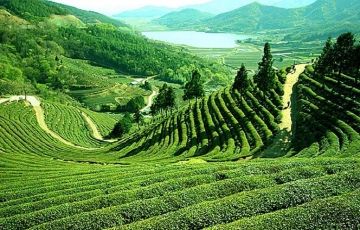
Darjeeling is a tea connoisseur’s dream. Even if you are not a tea connoisseur, you can visit the enormous tea farms such as the ‘Happy Valley‘ tea estate, which was founded in 1854. Make friends with the locals and learn about the numerous legends and ghost stories that surround these estates. And don’t forget to enjoy some delicious Darjeeling Tea.
Sherlock Homes instructed in English

No, not Arthur Conan Doyle’s Sherlock Holmes, but something in the same vein. Benedict Cumberbatch, the actor who garnered millions of admirers for his depiction of Sherlock Holmes on TV, actually taught English in a Tibetan monastery in Darjeeling. This was before he was cast as Sherlock Holmes. What fortunate students can say, ‘I was taught by Sherlock himself!’
Meet the founder of Darjeeling
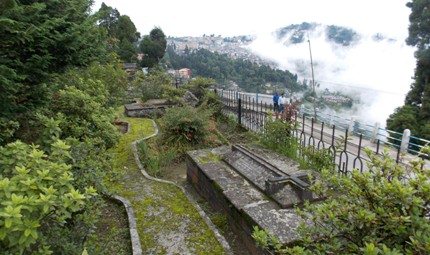
The Archaeological Survey of India (ASI) has designated Darjeeling’s Old Cemetery, located along the Lebong Card Road, about one mile from the town centre, as a place of national significance. This is because the Old Cemetery is the resting place of certain European settlers who turned the densely forested mountains of Darjeeling into one of the world’s most renowned tea producing estates.
The famus graves are of, Lt. General George Alymer Lloyd, who discovered the Darjeeling town and another was the great Hungarian linguist Alexander Csoma de Koros, who compiled the first dictionary and grammar in Tibetan language. Both these graves were notified as centrally protected monuments under the ASI, Kolkata Circle.
Some burials date all the way back to the 1940s!
If you liked this article be sure to check out ‘India’s 5 most stunning cities‘.